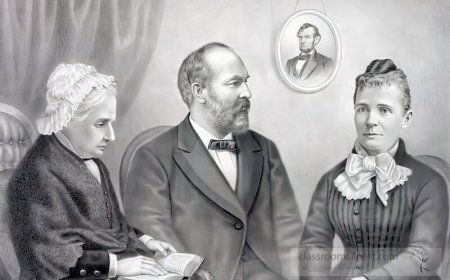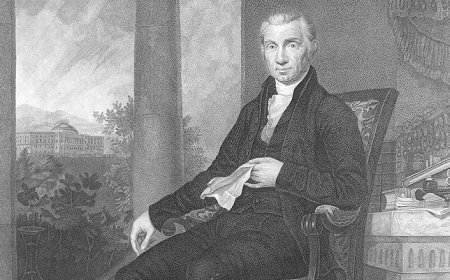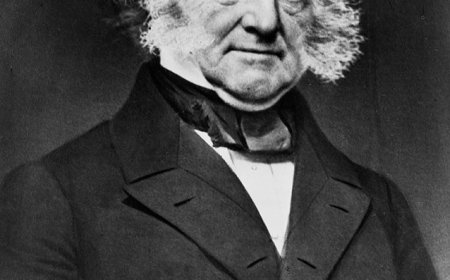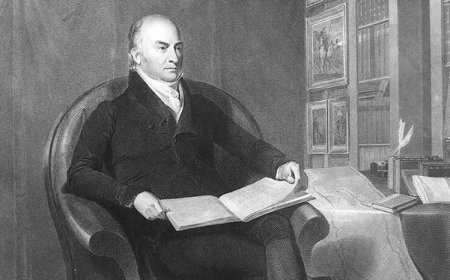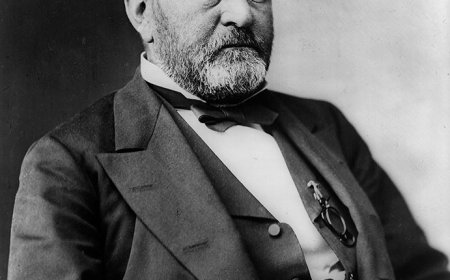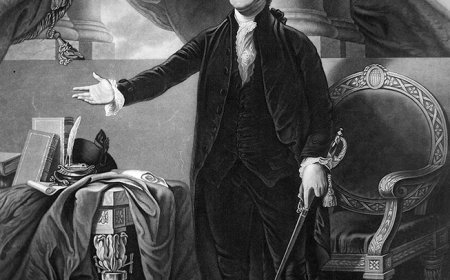Harry S. Truman Biography for Students | 33rd President
Learn about Harry S. Truman, the 33rd President of the United States. Discover how he ended World War II, made key decisions during the Cold War, and supported civil rights—plus vocabulary, fun facts, a quiz, and a kid-friendly summary
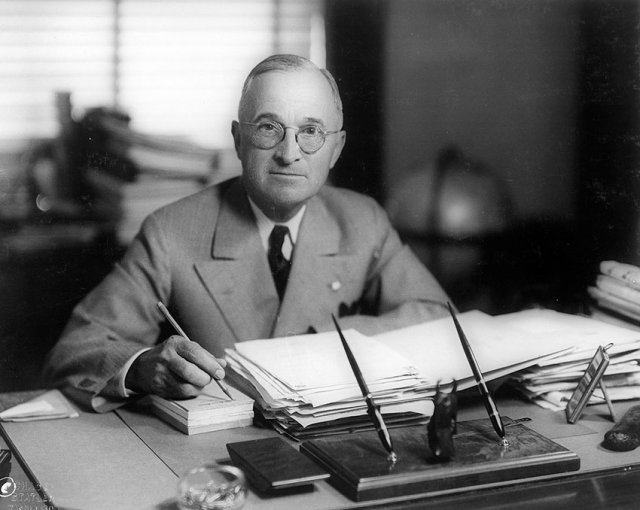
🇺🇸 Harry S. Truman Biography for Students the 33rd President
🧭 Introduction
Harry S. Truman was the 33rd President of the United States, serving from 1945 to 1953. He became president after Franklin D. Roosevelt died near the end of World War II. Truman faced some of the most important decisions in world history—including dropping the atomic bomb, helping to rebuild Europe, and starting the fight against communism in the early days of the Cold War. He is remembered for being honest, direct, and willing to take responsibility, even during very tough times.
👶 Early Life and Education
Harry S. Truman was born on May 8, 1884, in Lamar, Missouri. He grew up on a farm and had a humble childhood. Truman was smart and loved reading history, but he didn’t go to college. Instead, he worked a variety of jobs, including farming, banking, and helping with his family’s business.
He served in the U.S. Army during World War I, where he earned respect for his leadership. After the war, he returned to Missouri and began a career in local politics.
🏛 Political Career Before Presidency
Truman worked his way up in government, starting small but building a solid reputation. His political career included:
- County judge (a local government leader)
- U.S. Senator from Missouri
- Chair of the Senate War Investigating Committee, where he saved money and stopped waste during World War II
- Chosen as Vice President in Franklin D. Roosevelt’s fourth term (1944)
FDR didn’t include Truman in many big decisions, so when the president died on April 12, 1945, Truman was shocked to suddenly become president during a world war.
🇺🇸 Truman’s Presidency Begins (1945)
Truman became president just months before the end of World War II. He quickly had to make decisions that would shape the future of the world.
Ending World War II
In August 1945, Truman made the extremely difficult choice to use atomic bombs on the Japanese cities of Hiroshima and Nagasaki. His goal was to end the war quickly and save lives, but it came at a great cost. Japan surrendered shortly after, ending the war.
Though controversial, many believed it was the best option at the time. Truman stood by his decision and took full responsibility.
🌍 The Cold War Begins
After World War II, the Cold War began between the United States and the Soviet Union, a communist country. Truman believed the U.S. needed to stop the spread of communism and support freedom.
His key actions included:
- The Truman Doctrine (1947): Gave aid to countries like Greece and Turkey to stop communism
- The Marshall Plan: Gave $13 billion to rebuild Europe’s economy after the war
- Creation of NATO (North Atlantic Treaty Organization), a military alliance to protect democracies
- Recognizing the new country of Israel in 1948
Truman also started the Berlin Airlift, flying supplies to people in West Berlin when the Soviets tried to block them off.
🏛 Domestic Policy and Civil Rights
At home, Truman believed in fairness and justice. He was the first president to speak strongly for civil rights.
Key achievements:
- Desegregated the U.S. military in 1948
- Pushed for laws against lynching and discrimination, though Congress blocked them
- Supported workers’ rights and minimum wage increases
Truman called his domestic program the “Fair Deal”, which included:
- Expanding Social Security
- Building public housing
- Increasing aid for education and healthcare
Though not all parts passed, Truman helped set the stage for later civil rights and economic reforms.
⚔️ The Korean War
In 1950, North Korea invaded South Korea, starting the Korean War. Truman quickly sent U.S. troops to help defend South Korea under the United Nations.
He wanted to stop the spread of communism, but the war became long and frustrating. He clashed with General Douglas MacArthur, who wanted to expand the war into China. Truman fired MacArthur, showing that civilian leaders control the military in a democracy.
The war ended in a stalemate, but Truman stood firm in his beliefs.
🗳️ 1948 Election Surprise
In 1948, Truman ran for a second term. Many people thought he would lose to Republican Thomas Dewey, and newspapers even printed headlines saying “Dewey Defeats Truman.”
But Truman surprised everyone by winning the election, thanks to:
- His hard work traveling and giving speeches
- Support from workers, farmers, and African Americans
- His clear message: “Give 'em Hell, Harry!”
It remains one of the most famous comeback wins in U.S. election history.
🧾 End of Presidency and Legacy
Truman left office in 1953. He returned to Missouri and lived a quiet life, writing and supporting public service. When he died in 1972, Americans had grown to respect his courage, honesty, and tough decision-making.
Truman is remembered for:
- Ending World War II
- Standing up to the Soviet Union
- Defending civil rights
- Believing that the president must take responsibility, no matter what
👨👩👧 Personal Life and Personality
Truman married Bess Wallace, his childhood sweetheart. They had one daughter, Margaret. He loved playing the piano, reading history, and going on walks.
He was known for being down-to-earth, plain-spoken, and honest. He often said:
“The buck stops here.”
Meaning—he took final responsibility for everything that happened during his presidency.
💬 Famous Quotes
“The buck stops here.”
—Truman believed in leadership and personal responsibility.
“It is amazing what you can accomplish if you do not care who gets the credit.”
—He encouraged teamwork and humility.
“We must build a new world—a far better world—one in which the eternal dignity of man is respected.”
—From a speech about creating peace and justice after war.
💡 Interesting Facts About Harry S. Truman
- He had no middle name—the “S” doesn’t stand for anything.
- He was the only president of the 20th century who never went to college.
- He walked every morning and loved wearing stylish hats.
- He read every book in his local library as a child.
- He once worked as a farmer and a haberdasher (someone who sells men’s clothing).
📚 Vocabulary Words
| Word | Definition |
|---|---|
| Atomic bomb | A powerful weapon used at the end of World War II |
| Cold War | A conflict between the U.S. and Soviet Union without direct fighting |
| Truman Doctrine | U.S. policy to stop the spread of communism by helping other countries |
| Desegregation | The process of ending separation based on race |
| Fair Deal | Truman’s plan to improve social programs and civil rights in the U.S. |
👧 Kid-Friendly Summary
Harry S. Truman was the 33rd president of the United States. He became president when Franklin Roosevelt died, just before the end of World War II. Truman made the hard choice to use atomic bombs to end the war. After that, he helped rebuild Europe and tried to stop the spread of communism. He also stood up for civil rights and worked to make life better for ordinary Americans. Even though some of his choices were unpopular, Truman is remembered for being brave, honest, and always doing what he thought was right.
✅ Interactive Quiz
Q1: What number president was Harry S. Truman?
A. 32nd
B. 33rd ✅
C. 34th
D. 31st
Q2: What major event ended after Truman became president?
A. Cold War
B. World War I
C. World War II ✅
D. Civil War
Q3: What was the Truman Doctrine?
A. A new kind of school
B. A plan to rebuild highways
C. A policy to stop communism ✅
D. A style of music
Q4: What war began during Truman’s presidency?
A. Vietnam War
B. Civil War
C. Korean War ✅
D. Gulf War
Q5: What famous phrase did Truman keep on his desk?
A. Just do it
B. The buck stops here ✅
C. America first
D. No pain, no gain


















































